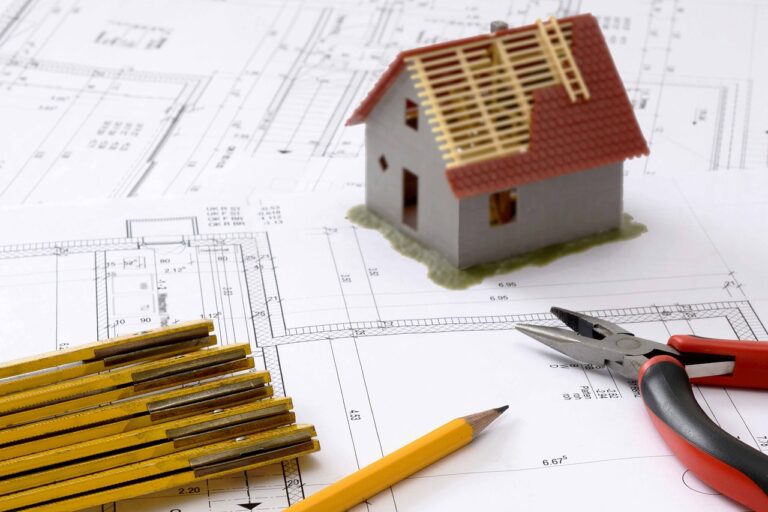Innovations in Disaster-Resilient Home Improvement
Choosing the right features for a disaster-resilient home design is essential in ensuring the safety and protection of both the property and its inhabitants. One key feature is the use of impact-resistant windows and doors that can withstand strong winds and flying debris during extreme weather events. Additionally, incorporating a reinforced roof structure can provide added durability against heavy rains and potential collapse.
Another important aspect of disaster-resilient home designs is the implementation of proper drainage systems to prevent flooding and water damage. This includes installing gutters, downspouts, and grading the land away from the foundation to divert water away from the home. Adequate insulation and ventilation are also crucial in regulating indoor temperature and reducing the risk of mold growth post-disaster.
Benefits of Implementing Resilient Building Materials
Implementing resilient building materials in home construction is essential for ensuring the safety and durability of the structure. By using these materials, homeowners can significantly reduce the risk of damage caused by natural disasters such as hurricanes, earthquakes, and floods. Resilient building materials are designed to withstand extreme weather conditions and provide better protection for both the property and its inhabitants.
Another benefit of using resilient building materials is the potential cost savings in the long run. While these materials may have a slightly higher upfront cost compared to traditional materials, they are proven to be more durable and require less maintenance over time. This can result in lower repair and replacement expenses, making them a cost-effective investment for homeowners looking to build or renovate a disaster-resilient home.
• Resilient building materials reduce the risk of damage from natural disasters
• Provide better protection for both property and inhabitants
• Potential cost savings in the long run due to durability and less maintenance required
• Lower repair and replacement expenses over time make them a cost-effective investment
The Role of Advanced Technology in Disaster-Resilient Home Improvement
Advanced technology plays a crucial role in enhancing the resilience of homes against potential disasters. Innovations such as smart sensors, artificial intelligence, and predictive modeling enable homeowners to monitor their property for any signs of structural issues or weather-related risks. These technologies can provide real-time data and alerts, allowing for preemptive actions to mitigate disaster impact.
Furthermore, the use of building information modeling (BIM) software in the design and construction phases allows for better visualization and simulation of potential disaster scenarios. This technology aids in identifying weak points in the building structure and enables architects and engineers to implement necessary reinforcements to enhance the overall resilience of the home. By leveraging advanced technology, homeowners can proactively protect their properties and ensure the safety of their families in the face of natural disasters.
What are some key features of disaster-resilient home designs?
Some key features of disaster-resilient home designs include reinforced roofing, impact-resistant windows, elevated foundations, and proper drainage systems.
What are the benefits of implementing resilient building materials in home improvement projects?
Implementing resilient building materials can help enhance the structural integrity of a home, improve safety during disasters, reduce repair costs, and increase the overall resilience of the property.
How does advanced technology play a role in disaster-resilient home improvement?
Advanced technology such as smart sensors, weather monitoring systems, and automated shut-off valves can help homeowners detect potential risks, respond quickly to emergencies, and mitigate damages during disasters.







